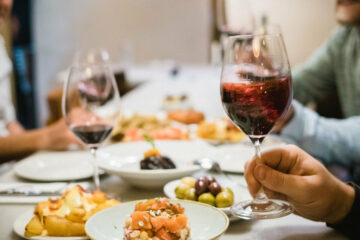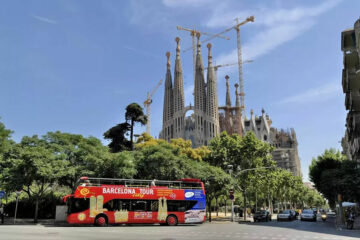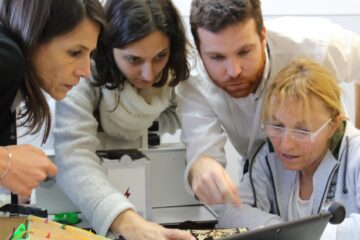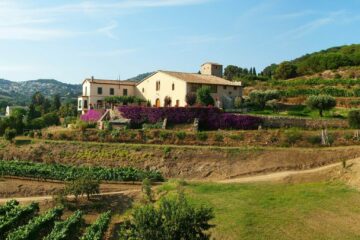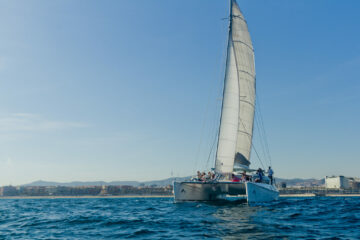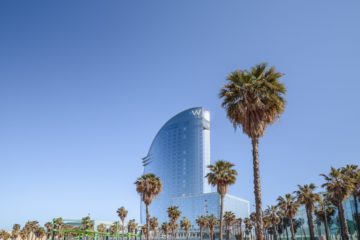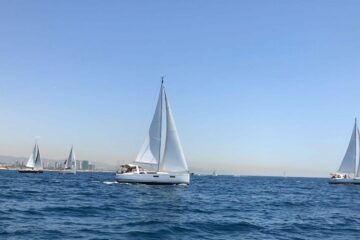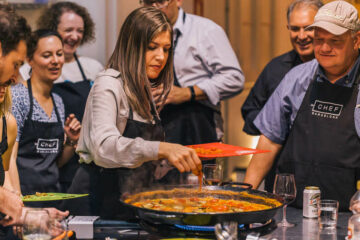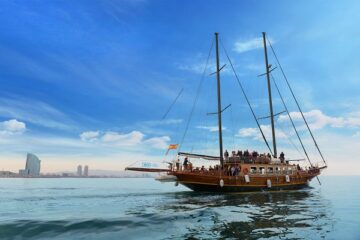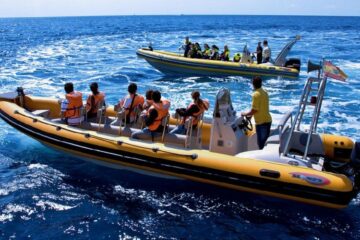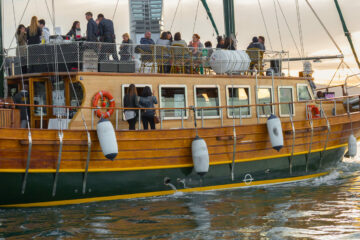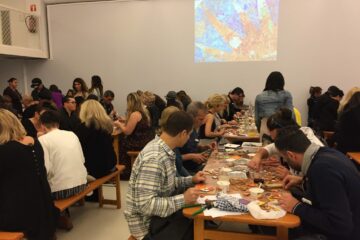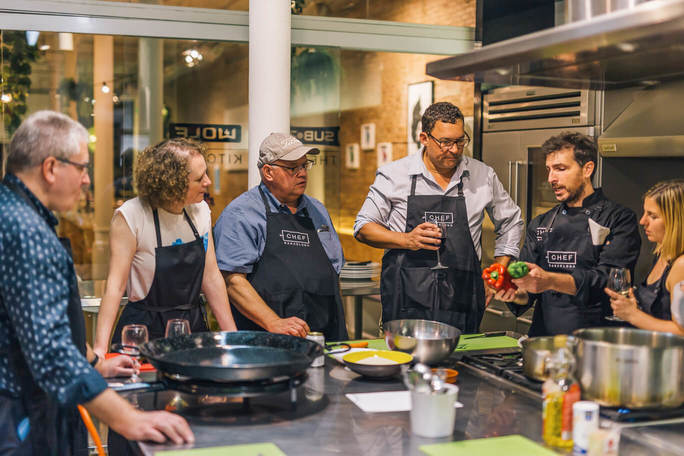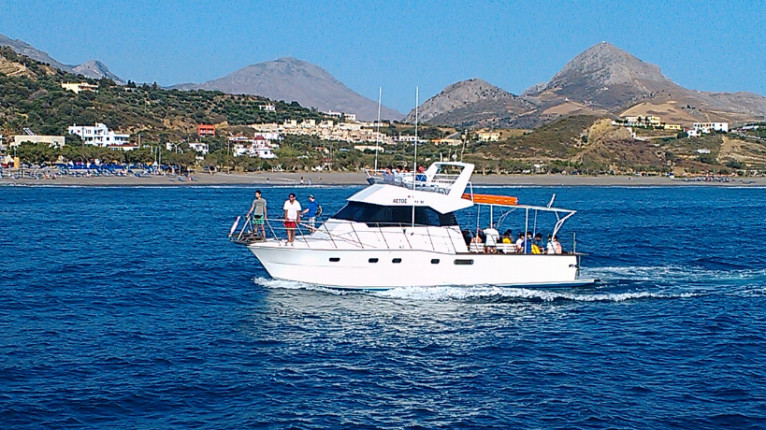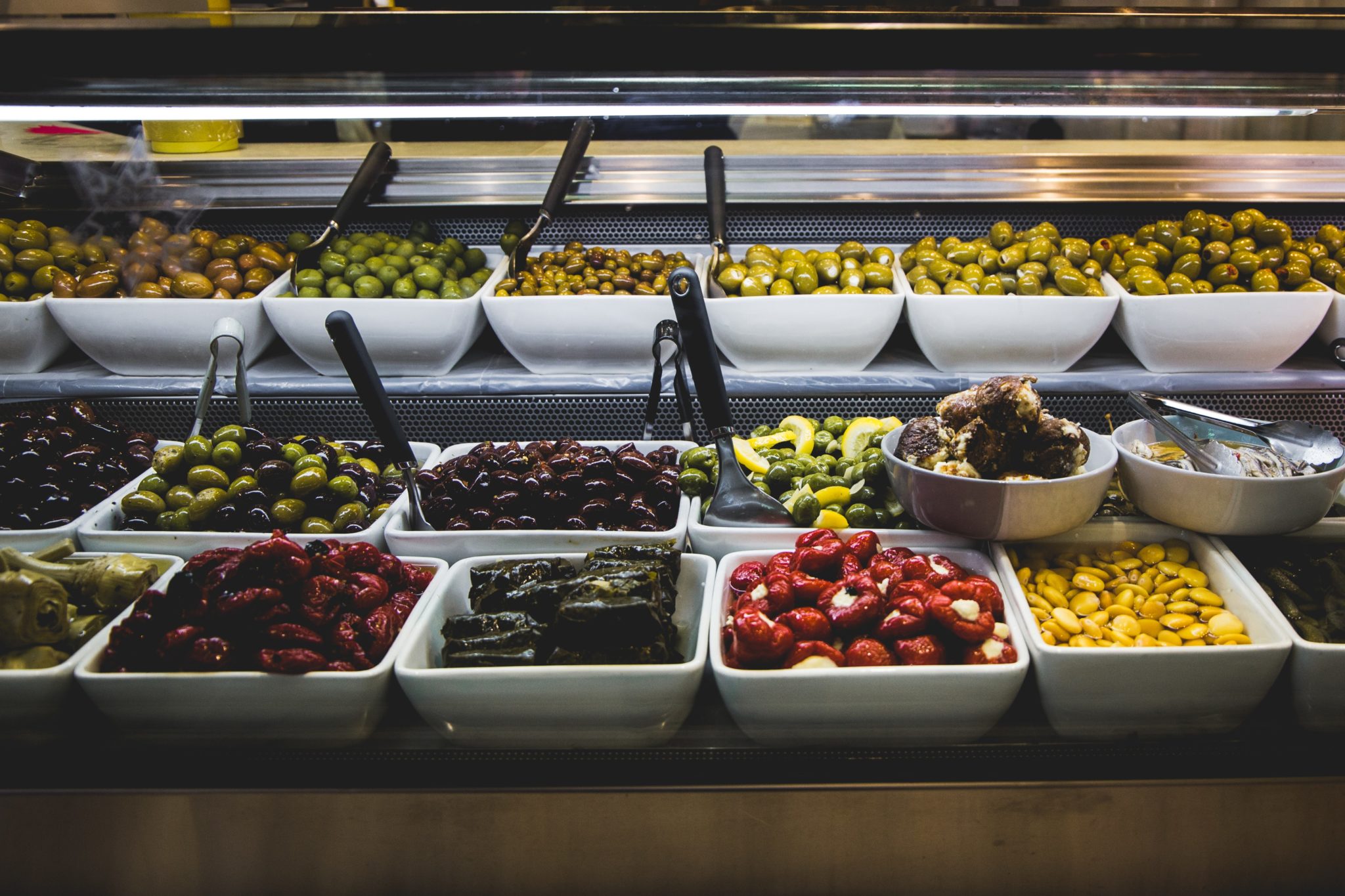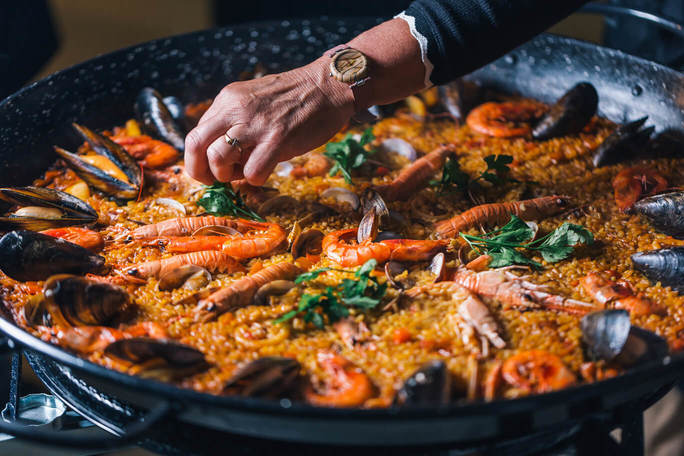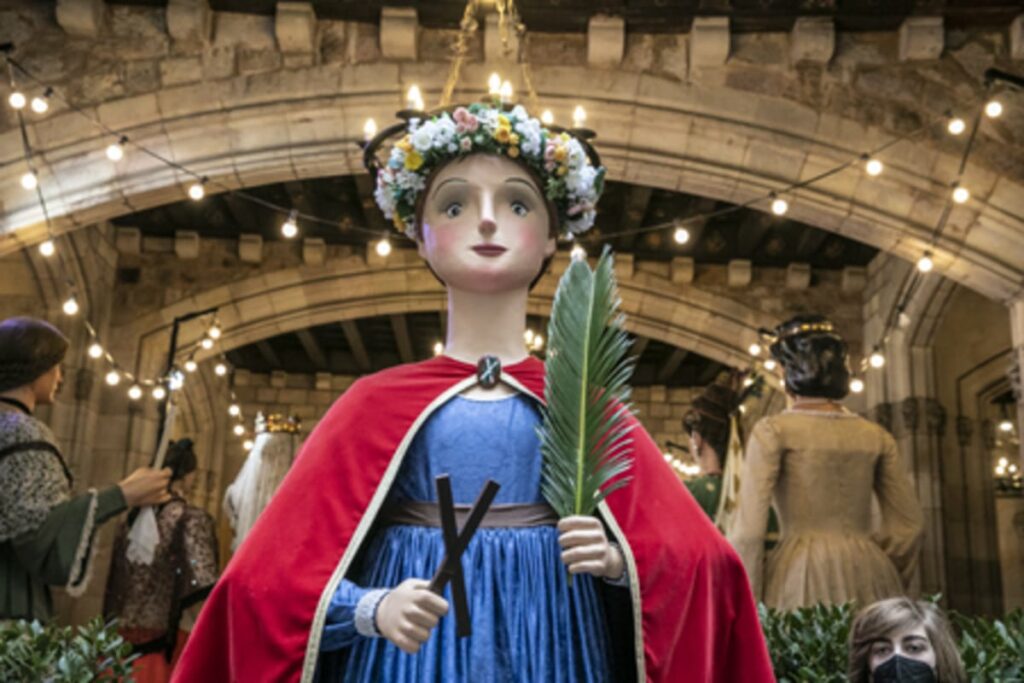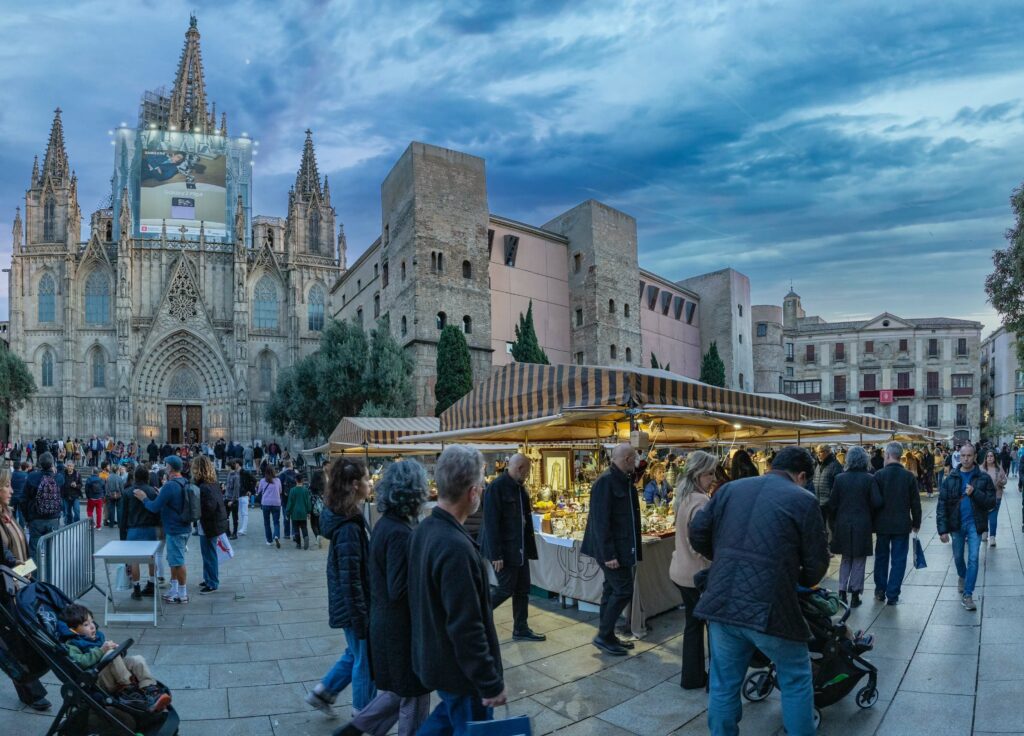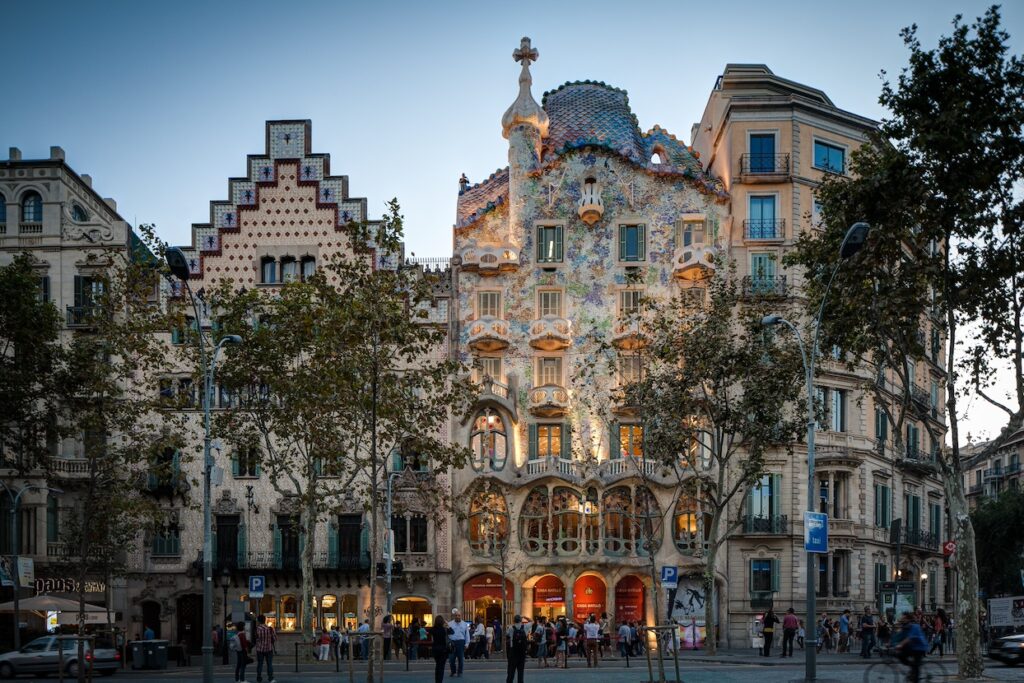THE BARCELONA EVENT AGENCY
Welcome to BarcelonaTours.net. We are specialists in organising corporate events and managing memorable team building activities in Barcelona.
From airport transfers and group accommodation to group activities and private dinners, we will make your Barcelona experience seamless and unforgettable. We also organise bespoke holidays and private events, with a wide variety of activities available to suit every group and budget.
We believe that now more than ever people are looking for the chance to connect, relax and have some fun. Although we are still living in a time of change, your safety is our priority, so don’t hesitate to get in touch to chat about what solutions we recommend for your group and event activities.
Contact us: Email: info@barcelonatours.net Tel: +34 935 008 226 WhatsApp: +34 658 768 333
Satisfied clients: ⭐️⭐️⭐️⭐️⭐️ Google reviews
We are grateful to our clients for sharing their experiences about what it’s like to work with us. Take a look at some of our five-star reviews on Google, (like this one) for genuine feedback about BarcelonaTours.
BUSINESS AND GROUP TRAVEL
BarcelonaTours has a passionate and dedicated team of agents with a decade of experience in the events industry.
Our mission is to make planning your visit to Barcelona smooth and simple. Using our local expertise and extensive knowledge of the area, we will help you organise an original, exciting, and memorable trip to Barcelona.
Contact our team today for a personalised quote and start your journey with BarcelonaTours.
Our Activities & Services
BarcelonaTours: Group Activities and Team Building
With a team of dedicated agents, years of experience and hundreds of satisfied customers, you’re in good hands. We make booking events, activities and holidays in Barcelona a breeze. From boat trips and city tours to day trips or congresses, we’ll make sure you and your guests are well looked after.
When it comes to team building in Barcelona, we have an extensive portfolio of interesting group activities that will ensure your team has an amazing time. Whether you are travelling with 10 people or 200 people, BarcelonaTours will find the right activity to suit your needs.
If you’re looking for a full corporate event experience, we provide high-quality transfers, accommodation, group dinners and much more. Event planning in Barcelona is simple with BarcelonaTours, so get in touch today.
Offers for Group Travellers to Barcelona
From private groups to company events to school trips, we can create bespoke itineraries, or you can choose from our fantastic selection of pre-prepared tours and activities, and make the most of your time in Barcelona.
Travelling in larger groups can be a bit of a logistics nightmare, so putting the planning and the booking in hands of experienced local experts will give you the peace of mind you need to just sit back and enjoy the experience.
Email: info@barcelonatours.net Tel: +34 935008226 WhatsApp: +34 658768333





